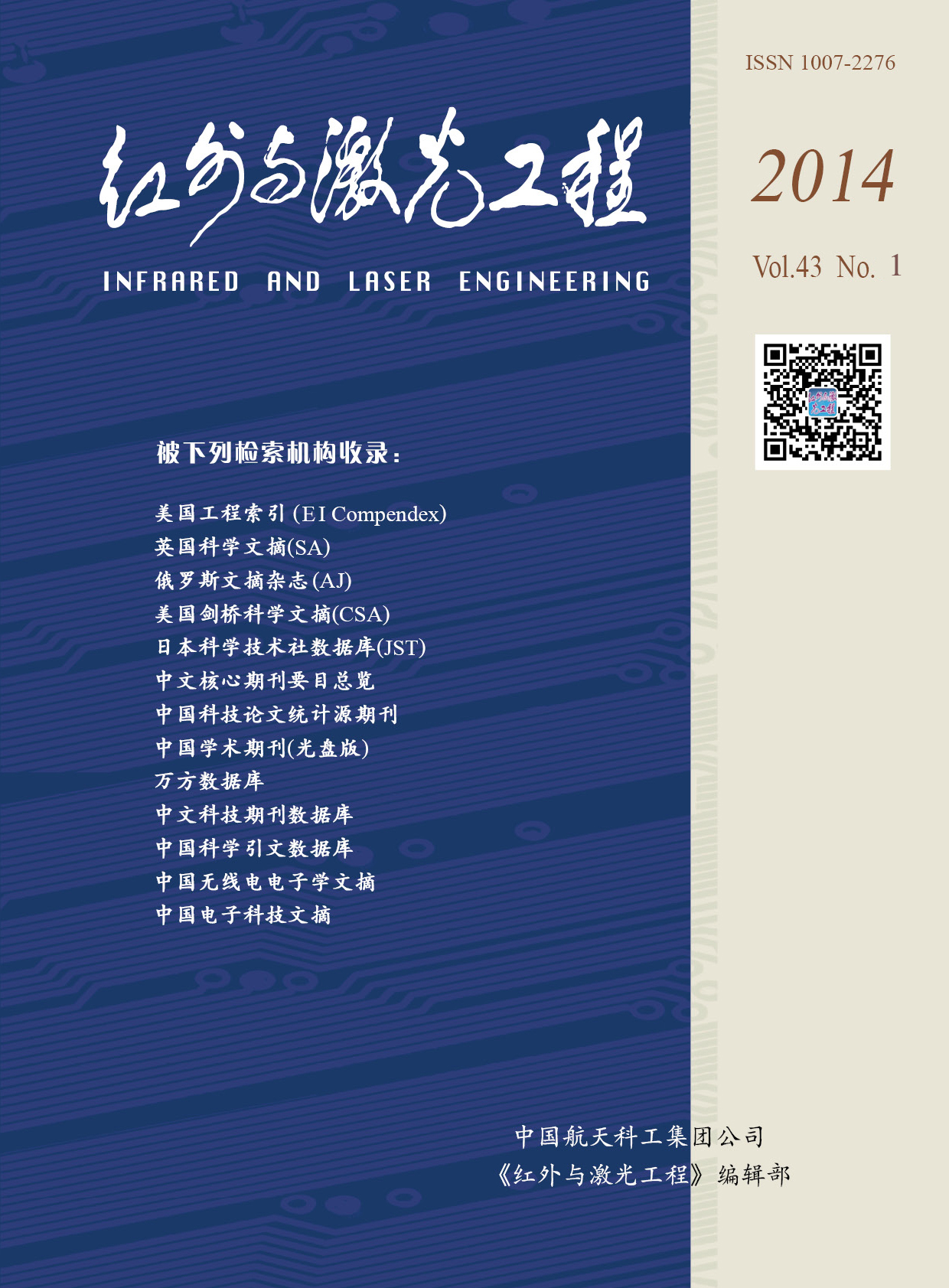|
[1]
|
Holmes R, MacGovern A, Bhowmik A, et al. An active imaging technique that attains ultra high resolution with ultra-low transmitter power [C]//Schwan K P, ed. Proceedings of the 1994 Space Surveillance Workshop. Lexington Massachussetts: MIT Lincoln Laboratory, 1994: 135-140. |
|
[2]
|
|
|
[3]
|
|
|
[4]
|
Holmes R B, Ma S, Bhowmik A, et al. Aperture-synthesis techniques that use very-low-power illumination [C]//SPIE, 1995, 2566: 177-185. |
|
[5]
|
|
|
[6]
|
MacDonalda Kenneth R, Boger James K, Matthew Fetrowb, et al. An experimental demonstration of Fourier telescopy[C]//SPIE, 1999, 3815: 23-29. |
|
[7]
|
Holmes R B, Brinkley T. Reconstruction of images of deep space objects using fourier telescopy [C]//SPIE, 1999, 3815: 11-22. |
|
[8]
|
|
|
[9]
|
Mathis J, Stapp J, E Louis Cuellar. Field experiment performance of the receiver elements for a Fourier telescopy imaging system[C]//SPIE, 2005, 5896: 58960F-1-12. |
|
[10]
|
|
|
[11]
|
|
|
[12]
|
E Louis Cuellar, James Stapp, Justin Cooper. Laboratory and field experimental demonstration of a Fourier telescopy imaging system[C]//SPIE, 2005, 5896: 58960D-1-15. |
|
[13]
|
Yu Shuhai, Wang Jiangli, Dong Lei, et al. Higher order disturbance of atmosphere on the Fourier Telescopy imaging analysis [J]. Infrared and Laser Engineering, 2013, 42 (6): 1582-1587. (in Chinese) |
|
[14]
|
|
|
[15]
|
Wang Minghao, Dong Lei. Comparison of Fourier telescope imaging principles [J]. Infrared and Laser Engineering, 2012, 41(6): 1646-1652. (in Chinese) |
|
[16]
|
|
|
[17]
|
|
|
[18]
|
Wang Bin, Wang Zongyang, Wu Yuanhao, et al. Calibration of no-common path aberration in AO system using multi- channel phase-diversity wave-front sensing [J]. Optics and Precision Engineering, 2013, 21(7): 1683-1692. (in Chinese) |
|
[19]
|
|
|
[20]
|
Jia Jianlu, Wang Jianli, Zhao Jinyu, et al. 961 -element adaptive optical wave-front processor [J]. Optics and Precision Engineering, 2013, 21(6): 1387-1393. (in Chinese) |
|
[21]
|
Lin Xudong, Liu Xinyue, Wang Jianli, et al. Performance test and experiment of correction capability of 137 -element deformable mirror [J]. Optics and Precision Engineering, 2013, 21(2): 267-273. (in Chinese) |
|
[22]
|
|
|
[23]
|
Jia Jianlu, Wang Jianli, Zhao Jinyu, et al. Optimization of adaptive optical wave-front algorithm [J]. Optics and Precision Engineering, 2013, 21(4): 1026-1031. (in Chinese) |
|
[24]
|
|
|
[25]
|
OlSon David F, Long Steve M, U1ibarri Laura J. Comparison of complex exponential and least squares wavefront reconstructors for regular square and non-square grid arrays[C]//SPIE, 2000, 4091: 323-332. |
|
[26]
|
|
|
[27]
|
Chen Wei, Li Quan, Wang Yangui. Experimental research of Fourier telescopy imaging system [J]. Acta Optica Sinica, 2011, 31(3): 0311001: 1-6. (in Chinese) |
|
[28]
|
|
|
[29]
|
|
|
[30]
|
Dong Lei, Liu Xinyue, Lin Xudong, et al. Improvement of performance and analysis of results of field experiments of fourier telescope[J]. Acta Optica Sinica, 2012, 32(2): 0201004. (in Chinese) |
|
[31]
|
|
|
[32]
|
Brett Spivey, Quexta, Carlsbad, et al. Phase closure and object reconstruction algorithm for Fourier Telescopy applied to fast-moving targets[C]//SPIE, 2006, 6307: 630702-1-16. |
|
[33]
|
Zhang Yan, Yang Chunping, Guo Jing, et al. Spectrum extraction mode for Fourier telescopy in laboratory [J]. High Power Laser and Particle Beams, 2011, 23(3): 571-576. (in Chinese) |









 DownLoad:
DownLoad: